The implementation of regulations on waste classification at source is facing major obstacles due to lack of careful preparation or many people do not understand...
Although Decree 45/2022 takes effect from January 1, 2025, the reporter of Nguoi Lao Dong Newspaper noted that the awareness of waste classification at source of many people in Ho Chi Minh City seems to have not improved much. Most of them "throw away wherever is convenient" and do not know the sanctions.
Inadequate
On August 1, reporters visited major parks in Ho Chi Minh City such as September 23, April 30, Tao Dan... Images in these places showed that most trash bins only had one common compartment to hold all trash, from leaves, plastic cups, paper bags to leftover food.
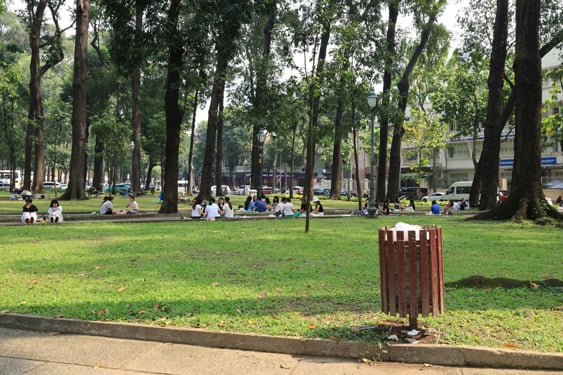
Many people who come to April 30 Park (District 1) after playing and eating throw their trash in the bin. Photo: AI MY
Similarly, on many streets and residential areas in the city, the practice of dumping all types of garbage together is still common, regardless of whether the trash bins are divided into compartments or not.
The same is true for streets and parks, and for apartment buildings as well. A representative of an apartment building management board in District 8 cited the fact that many apartment buildings often use a system of garbage pipes that are concentrated in a storage room in the basement. This makes it ineffective for residents to sort their garbage in their apartments.
In particular, the habit of dumping garbage at irregular times and the lack of supervision make it difficult to check and ensure compliance with regulations. "This is clearly a weakness that needs to be addressed in the garbage collection system in apartment buildings," this person commented.
Still vague
According to Decree 45/2022, each individual and household is responsible for sorting waste at source. If violated, the fine can be up to 1 million VND.
Some residents said they did not fully understand how to classify waste. Ms. Nguyen Vu Trieu Tien (born in 1994, residing in District 8) said she had just heard about the above regulation and had not been able to implement it. Ms. Trieu Tien admitted that her family was confused in understanding and distinguishing between organic and inorganic waste...
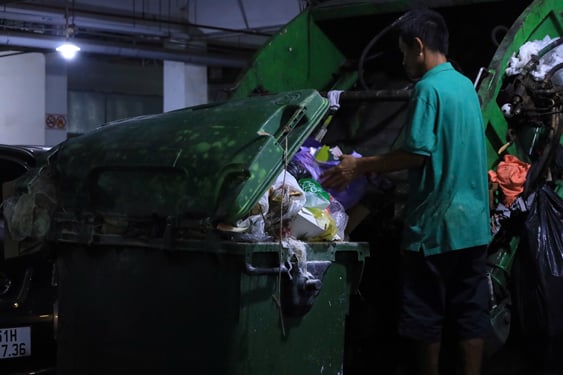
Garbage is collected together, without being classified, at an apartment building in District 8. Photo: CHI NGUYEN
Nguyen Ngoc An (born in 2001, living in District 1) has a similar opinion and commented that the number of classified trash bins in public places is too small, people almost just throw everything in one place.
Many other opinions suggested that the implementation of waste classification needs a more specific plan. The city must come up with a reasonable, flexible roadmap that is suitable for the characteristics of each area. At the same time, develop detailed instructions on how to classify each group of waste, clearly explaining the concepts and characteristics of each type to make it easier for the majority of people to understand.
In addition, specialized means of transport should be fully equipped to control the collection and treatment process well. For example, there should be a separate vehicle for collecting food waste to avoid confusion and improve the efficiency of the waste management system.
Residents also suggested that the city should start with simple steps to ease the burden. Instead of immediately separating waste into three groups, the city could encourage the separation of waste into two categories: recyclable and non-recyclable. This would pave the way for stricter regulations in the future.
Gradually overcome
According to Ms. Nguyen Thi Thanh My, Deputy Director of the Department of Natural Resources and Environment of Ho Chi Minh City, Article 75 of the Law on Environmental Protection 2020 stipulates that solid waste from households and individuals must be divided into 3 groups including reusable and recycled waste; food waste; and other household waste.
According to Ms. My, the city plans to classify waste into 3 groups with a roadmap suitable for the environmental protection technical infrastructure system and existing waste treatment technology, following instructions from the Ministry of Natural Resources and Environment .
In 2025, the People's Committees of districts and Thu Duc City will review the volume and quality of food waste in the locality. At the same time, the classification into 3 groups will be applied first to a number of subjects with large amounts of food waste. "After that, the city will gradually evaluate the implementation effectiveness, summarize experiences and expand the application to the remaining groups of subjects throughout the area" - Deputy Director of the Department of Natural Resources and Environment of Ho Chi Minh City informed.
Regarding garbage collection, the report of the Department of Natural Resources and Environment said that Ho Chi Minh City currently has 6,314 collection and transportation vehicles, of which 4,077 meet standards (65%), the remaining 2,237 do not meet standards. The need for additional conversion is 1,776 vehicles with 984 660L containers, 792 cars from a loan from the Ho Chi Minh City Environmental Protection Fund of about VND 219.45 billion. To date, the city has converted 145 vehicles, approved loans for 117 projects with a total approved loan amount of VND 135.14 billion.
In addition, the Department of Natural Resources and Environment is still implementing the price development according to the new regulations. Currently, people still pay service fees according to the price set by the district People's Committee for each locality until there is a common price issued by the City People's Committee.
Towards green, clean and beautiful urban areas
The challenges of waste classification at source that Ho Chi Minh City is facing are largely due to the fact that waste management has not been implemented synchronously while supporting policies for implementation are limited. The city has also not invested fully in a system of waste classification bins, collection vehicles, and separate organic and inorganic waste treatment plants.

On An Duong Vuong Street (District 5), despite instructions on garbage classification, putting all garbage in one bin is still common. Photo: AI MY
Many people believe that waste sorting is complicated and time-consuming, while propaganda efforts are ineffective, and there is a lack of clear incentives or deterrent sanctions. Supporting infrastructure such as waste sorting bins and modern treatment plants are still lacking, while coordination between authorities and collection companies is not very effective.
These shortcomings are hindering efforts to protect the environment and build Ho Chi Minh City into a green, clean, and beautiful city.
Source: https://nld.com.vn/phan-loai-rac-tai-nguon-thach-thuc-lon-196250108223801004.htm





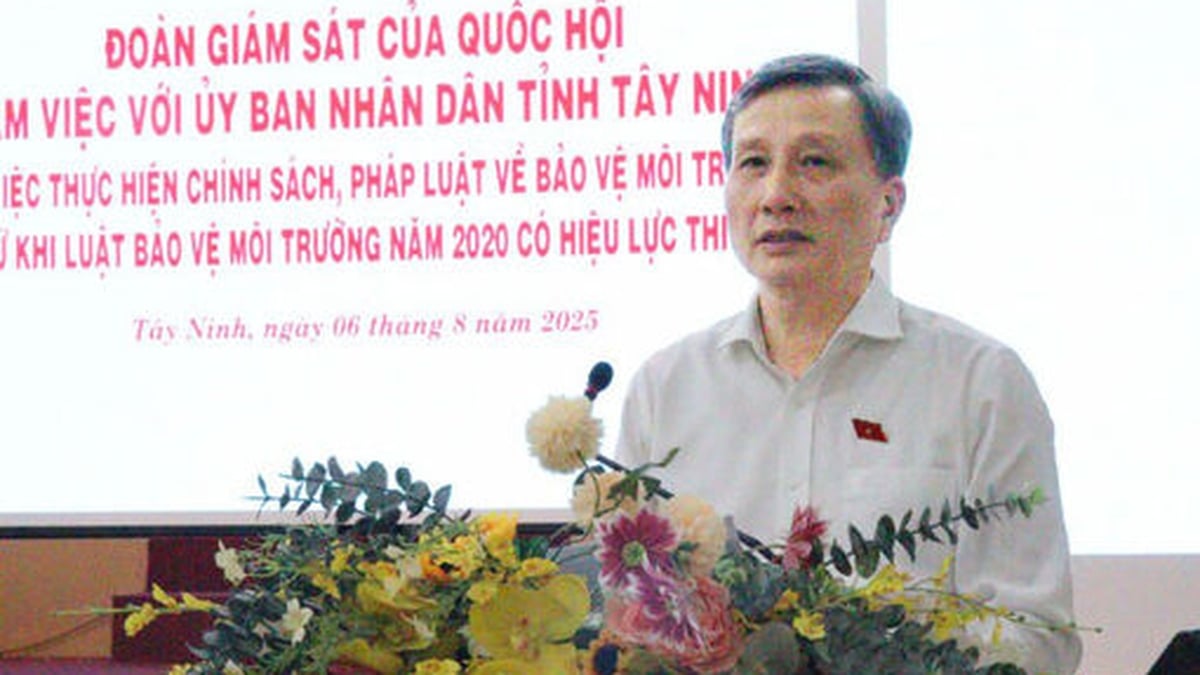
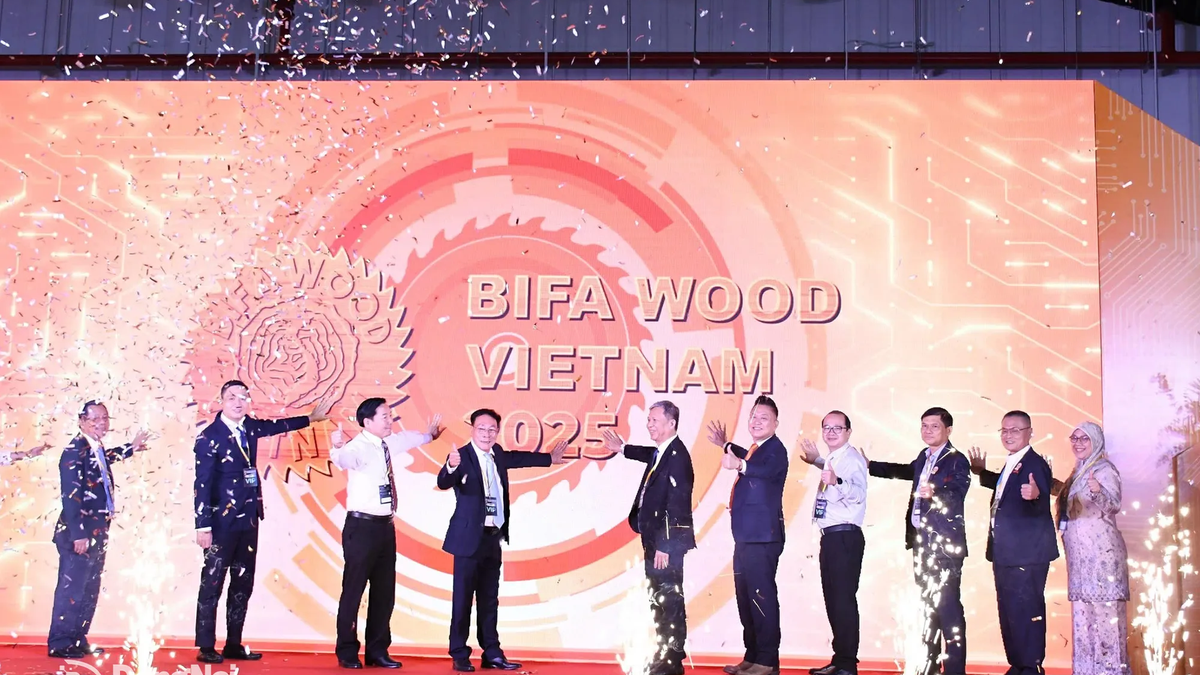


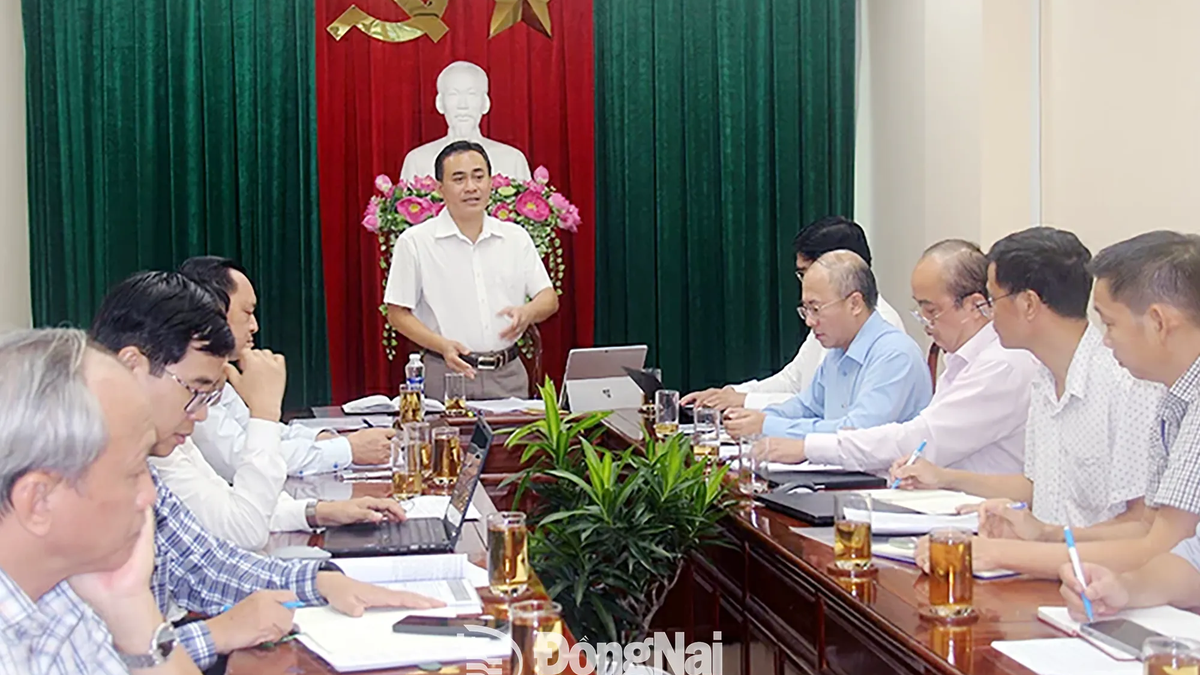

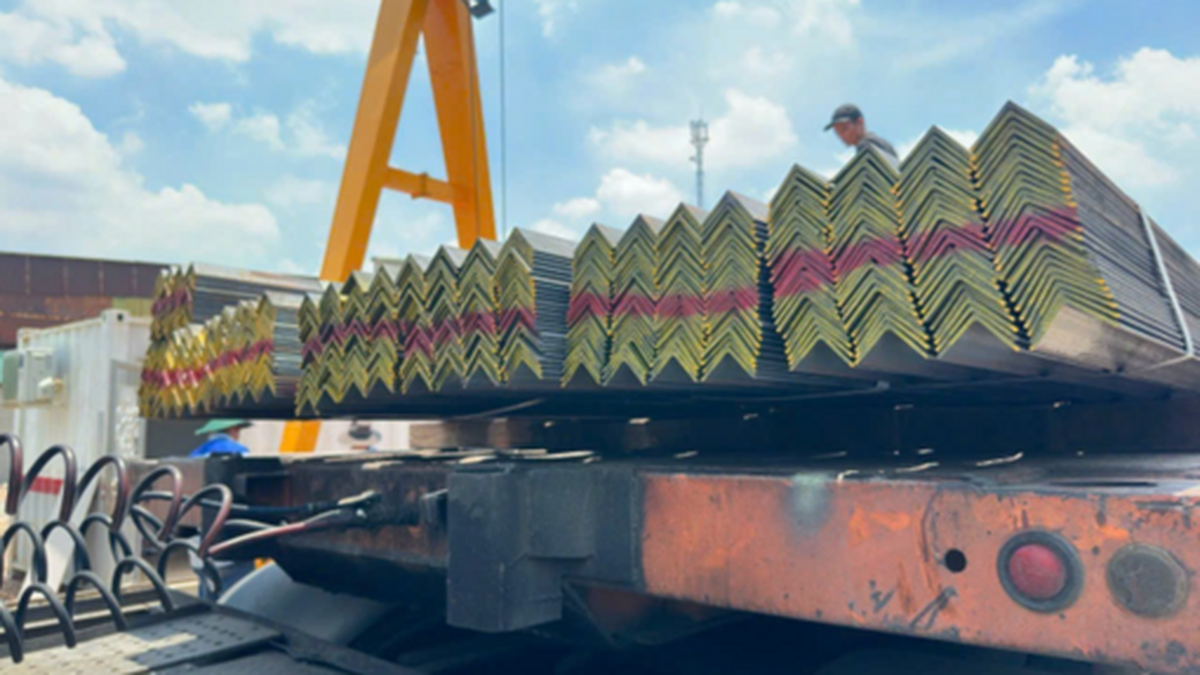











![[Photo] Nghe An: Provincial Road 543D seriously eroded due to floods](https://vphoto.vietnam.vn/thumb/1200x675/vietnam/resource/IMAGE/2025/8/5/5759d3837c26428799f6d929fa274493)
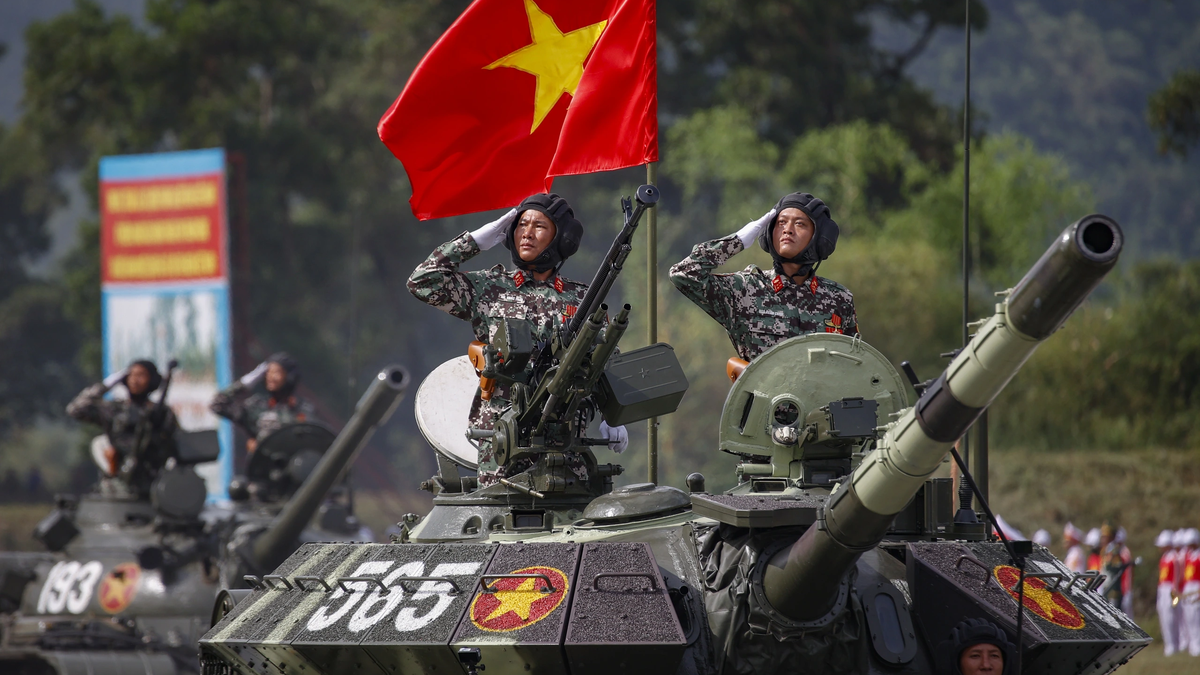
![[Photo] Discover the "wonder" under the sea of Gia Lai](https://vphoto.vietnam.vn/thumb/1200x675/vietnam/resource/IMAGE/2025/8/6/befd4a58bb1245419e86ebe353525f97)

































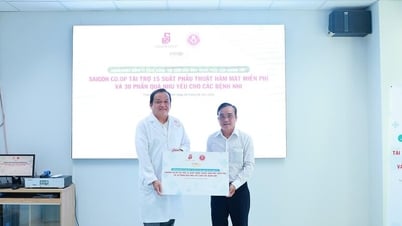










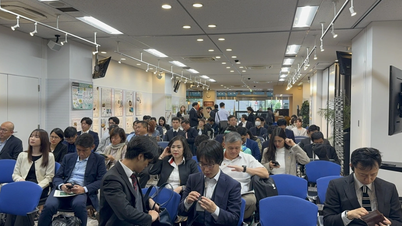






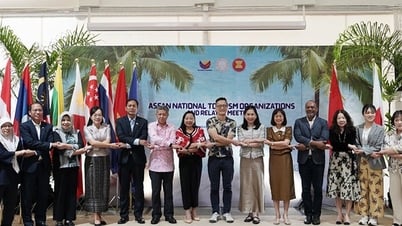














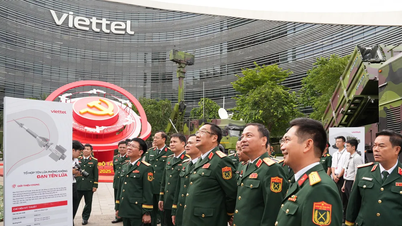

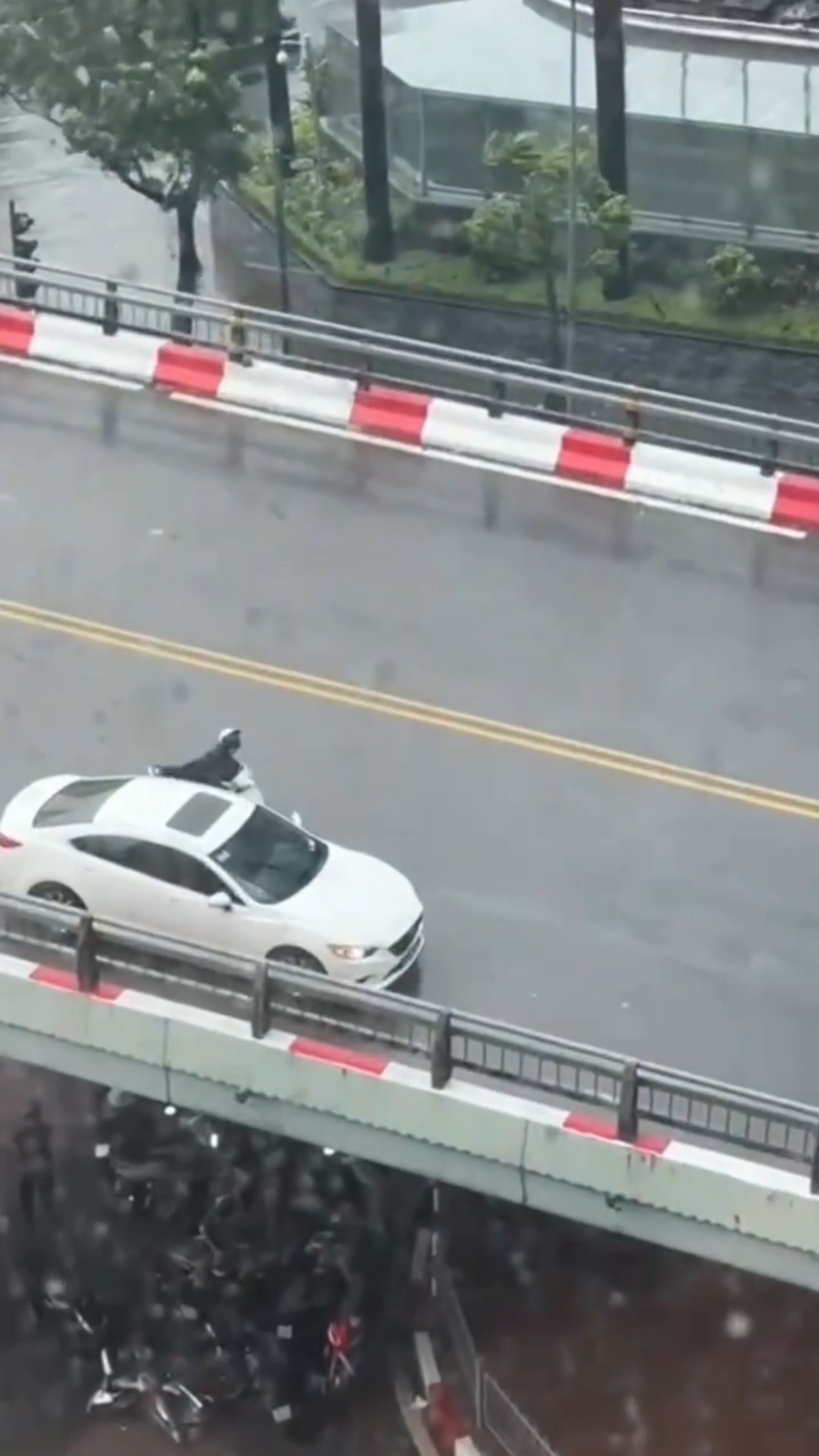

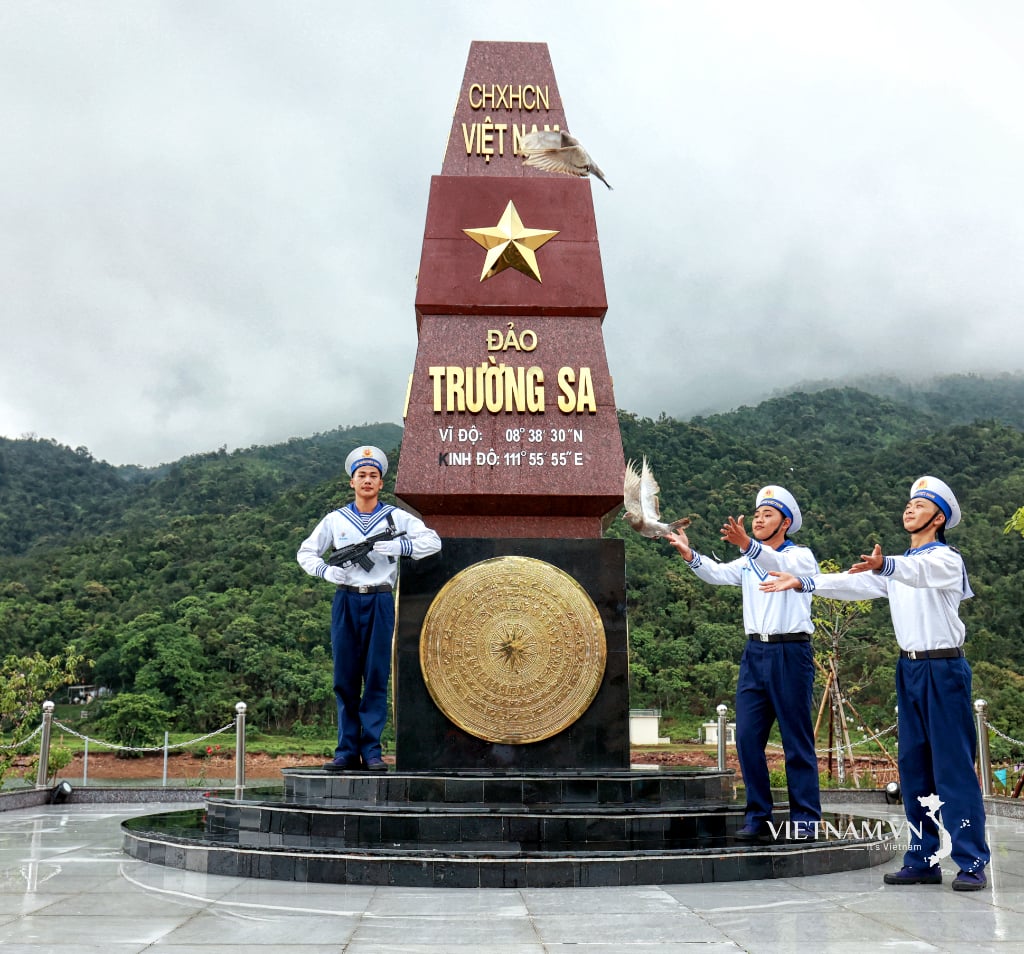

Comment (0)